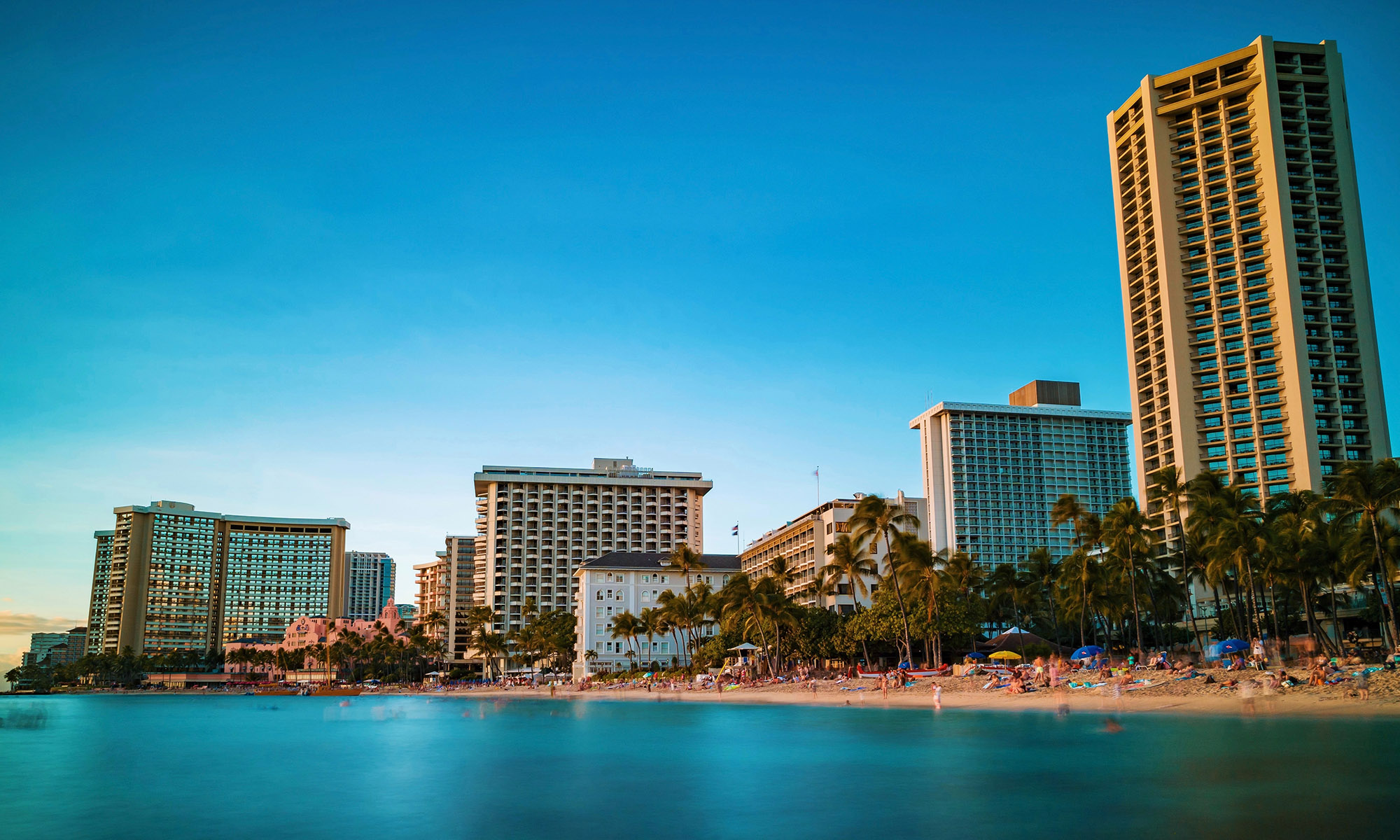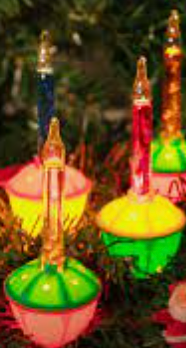

Just asking…
With airline baggage check-in costs spiraling upwards, are you thinking of cutting back your trips?
JetBlue now charges the most to check in luggage: $45 for the first bag, $60 for the second. Hawaiian Airlines has the lowest fees: for inter-island travel, $25 for the first bag, $35 for the second; for mainland trips, $30 for the first bag, $40 for the second. Delta matches Hawaiian’s $30 and $40 bag fees.
Checking in bags on American Airlines, Alaska Airlines and United Airlines also are more expensive now. So, the immediate dilemma: will you curtail your air travels somewhat, pulling back on recreational travel, and perhaps flying only when it’s a priority?
Fees for checked bags depend on the carrier, how much you pay for your ticket, where you’re flying to, whether you utilize an airline credit card (like Hawaiian’s World Elite charge card), whether you’re a member of an airline loyalty program (like United’s MileagePlus), and other variables. If you check your bags online, not at the airport, there are discounts of $5 or $10.
One blessing: Most carriers allow military fliers to check in bags free.
Some highlights of the new airline policies:
- American’s check-in fees now are $40 for the first bag, but $35 if you prepay online, and $45 for the second bag. It used to be $30 and $40, but the rates changed Feb. 20.
- JetBlue fees went up in January, and it costs $45 for first bag and $60 for the second checked bag, $10 more now than previous rates. That’s the most expensive baggage fees now. But JetBlue passengers who confirm they’re flying with checked bags ahead of time will pay $35 for their first bag and $50 for their second.
- United boasts one of the industry’s most complex plan, detailing hikes depending on how much you pay for your ticket, where you are going, whether you booked via its charge card, and whether you’re a member of its loyalty club. United travelers in North America will pay $5 more for each checked bag now, with the first checked bag fee at $40 or $35 if travelers pay at least 24 hours in advance, and $50 for a second bag, or $45 if travelers pay in advance. United travelers can check a bag for free if they are flying in a premium cabin, or have a United Chase credit card, or are a MileagePlus Premier member, or an active military member. On international flights, the first bag is free, the second is $100.
- Hawaiian has quite a detailed bag check-in policy, too, depending on destination: Neighbor Islands, the Mainland or internationally. For Neighbor Island travel, the first bag is $25, the second is $35; to North America, the charge is $30 for the first bag, $40 for the second. Third checked bags are $50 for Neighbor Islands, $100 for North America. For international flights, or first-class ticketing, checked bags are free. Hawaiian Air World Elite card users may check in two bags without charge on domestic flights. Overweight or over-sized baggage fuel more fees if bags are over 50 pounds.
- Alaska Airlines’ bag rates are up by $5 for the first checked bag ($35) and a second checked bag ($45). Additional checked bags remain unchanged ($150) per-bag fee.
- Delta’s first-bag fee is $30, and for second bag, $40. Delta SkyMiles card users may check in their first bag without charge.

You can’t dodge checked-luggage fees, but if you’re a frequent traveler, it makes sense to possess an airline charge card, which may include discounts on checked bags. For instance, Hawaiian’s charge card will reduce inter-island flight fees, $15 for your first bag, $30 for your second, and $50 for three or more bags.
Frequent fliers usually have charge cards with their favorite carriers; if you can afford and splurge for a business or first-class seat, you’ll get free luggage check-ins.’
On my last New York trip, I used accrued mileage to get two first class seats, flying to JFK on Hawaiian, and returning from Newark via United. Both flights took beaucoup miles, and the out-of-pocket fees were $50 a person both ways. With Hawaiian’s new partnership with Alaska, saving up mileage for a later trip might be prudent but could be a risk. Will the unused miles have lifetime safety?
WILL BAG FEES CURTAIL TRAVEL?
Just asking…
With airline baggage check-in costs spiraling upwards, are you thinking of cutting back your trips?
JetBlue now charges the most to check in luggage: $45 for the first bag, $60 for the second. Hawaiian Airlines has the lowest fees: for inter-island travel, $25 for the first bag, $35 for the second; for mainland trips, $30 for the first bag, $40 for the second. Delta matches Hawaiian’s $30 and $40 bag fees.
Checking in bags on American Airlines, Alaska Airlines and United Airlines also are more expensive now. So, the immediate dilemma: will you curtail your air travels somewhat, pulling back on recreational travel, and perhaps flying only when it’s a priority?
Fees for checked bags depend on the carrier, how much you pay for your ticket, where you’re flying to, whether you utilize an airline credit card (like Hawaiian’s World Elite charge card), whether you’re a member of an airline loyalty program (like United’s MileagePlus), and other variables. If you check your bags online, not at the airport, there are discounts of $5 or $10.

One blessing: Most carriers allow military fliers to check in bags free.
Some highlights of the new airline policies:
- American’s check-in fees now are $40 for the first bag, but $35 if you prepay online, and $45 for the second bag. It used to be $30 and $40, but the rates changed Feb. 20.
- JetBlue fees went up in January, and it costs $45 for first bag and $60 for the second checked bag, $10 more now than previous rates. That’s the most expensive baggage fees now. But JetBlue passengers who confirm they’re flying with checked bags ahead of time will pay $35 for their first bag and $50 for their second.
- United boasts one of the industry’s most complex plan, detailing hikes depending on how much you pay for your ticket, where you are going, whether you booked via its charge card, and whether you’re a member of its loyalty club. United travelers in North America will pay $5 more for each checked bag now, with the first checked bag fee at $40 or $35 if travelers pay at least 24 hours in advance, and $50 for a second bag, or $45 if travelers pay in advance. United travelers can check a bag for free if they are flying in a premium cabin, or have a United Chase credit card, or are a MileagePlus Premier member, or an active military member. On international flights, the first bag is free, the second is $100.
- Hawaiian has quite a detailed bag check-in policy, too, depending on destination: Neighbor Islands, the Mainland or internationally. For Neighbor Island travel, the first bag is $25, the second is $35; to North America, the charge is $30 for the first bag, $40 for the second. Third checked bags are $50 for Neighbor Islands, $100 for North America. For international flights, or first-class ticketing, checked bags are free. Hawaiian Air World Elite card users may check in two bags without charge on domestic flights. Overweight or over-sized baggage fuel more fees if bags are over 50 pounds.
- Alaska Airlines’ bag rates are up by $5 for the first checked bag ($35) and a second checked bag ($45). Additional checked bags remain unchanged ($150) per-bag fee.
- Delta’s first-bag fee is $30, and for second bag, $40. Delta SkyMiles card users may check in their first bag without charge.
You can’t dodge checked-luggage fees, but if you’re a frequent traveler, it makes sense to possess an airline charge card, which may include discounts on checked bags. For instance, Hawaiian’s charge card will reduce inter-island flight fees, $15 for your first bag, $30 for your second, and $50 for three or more bags.
Frequent fliers usually have charge cards with their favorite carriers; if you can afford and splurge for a business or first-class seat, you’ll get free luggage check-ins.’
On my last New York trip, I used accrued mileage to get two first class seats, flying to JFK on Hawaiian, and returning from Newark via United. Both flights took beaucoup miles, and the out-of-pocket fees were $50 a person both ways. With Hawaiian’s new partnership with Alaska, saving up mileage for a later trip might be prudent but could be a risk. Will the unused miles have lifetime safety?












